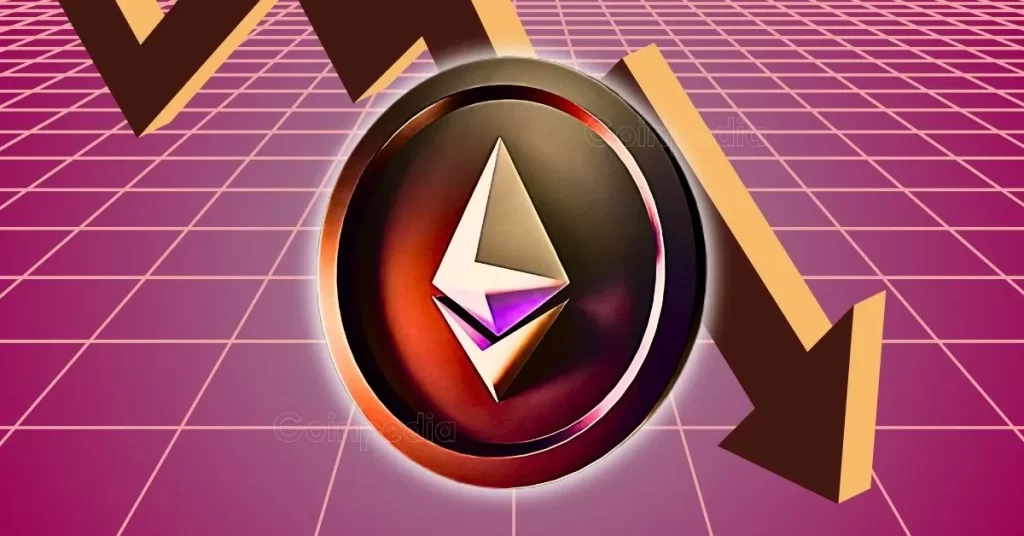With the impending switch from proof-of-work to a more energy-efficient proof-of-stake model, Ethereum will be able to reduce its impact on the environment significantly. This move is known as ‘The Merge,’ and it will be implemented soon. ETH 2.0 will also solve some of the scalability issues, primarily by implementing sharding techniques. However, in order to attain higher degrees of scalability, layer 2 scaling methods are required. Layer 2 solutions aim to increase Ethereum’s scalability by building on top of it rather than from within the blockchain itself. Separate blockchains, known as sidechains, run concurrently with Ethereum Mainnet but independently. For the most part, sidechains do not rely on the security of the main blockchain, and they have their own consensus process in place. As a result of a separate chain existing in parallel to the main chain, a lot of the workload can be migrated to the sidechain, resulting in significantly faster transaction speeds. But What’s All This Got to Do With Bitcoin? Simply said, sidechains are also a boon for Bitcoin, which has been plagued and critiqued due to its scalability issues. However, due to a slight difference in the terminology, people often get confused. The layer 2 scaling solution is commonly referred to as the Lightning Network when it comes to Bitcoin. The lightning network adds a second layer to the Bitcoin blockchain to enable off-chain transactions. The second ...
 Will Ethereum Price crash More Next week??
Will Ethereum Price crash More Next week??